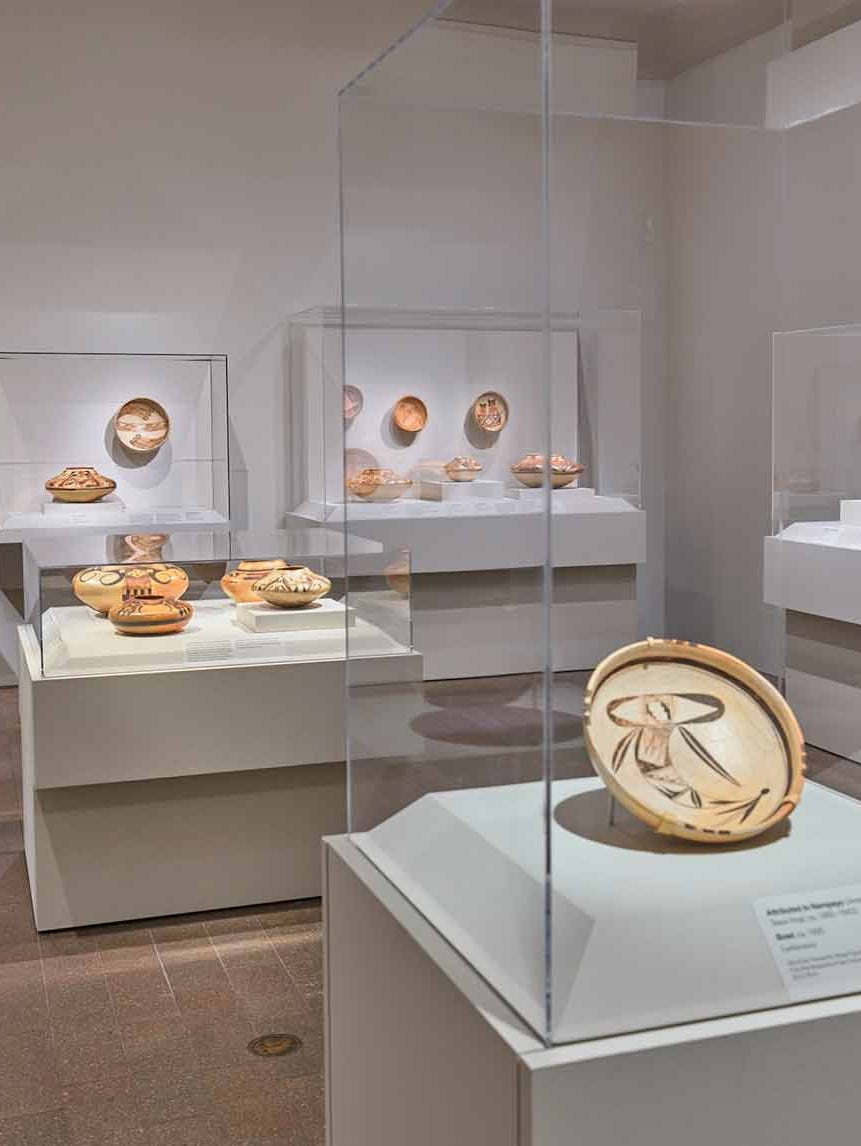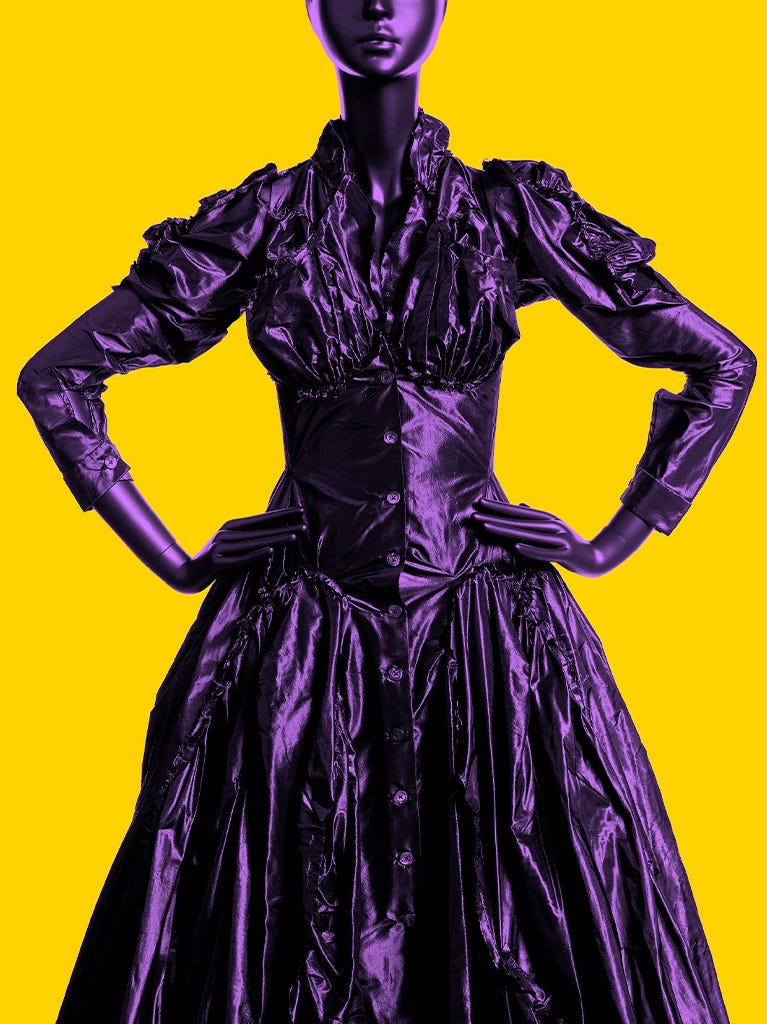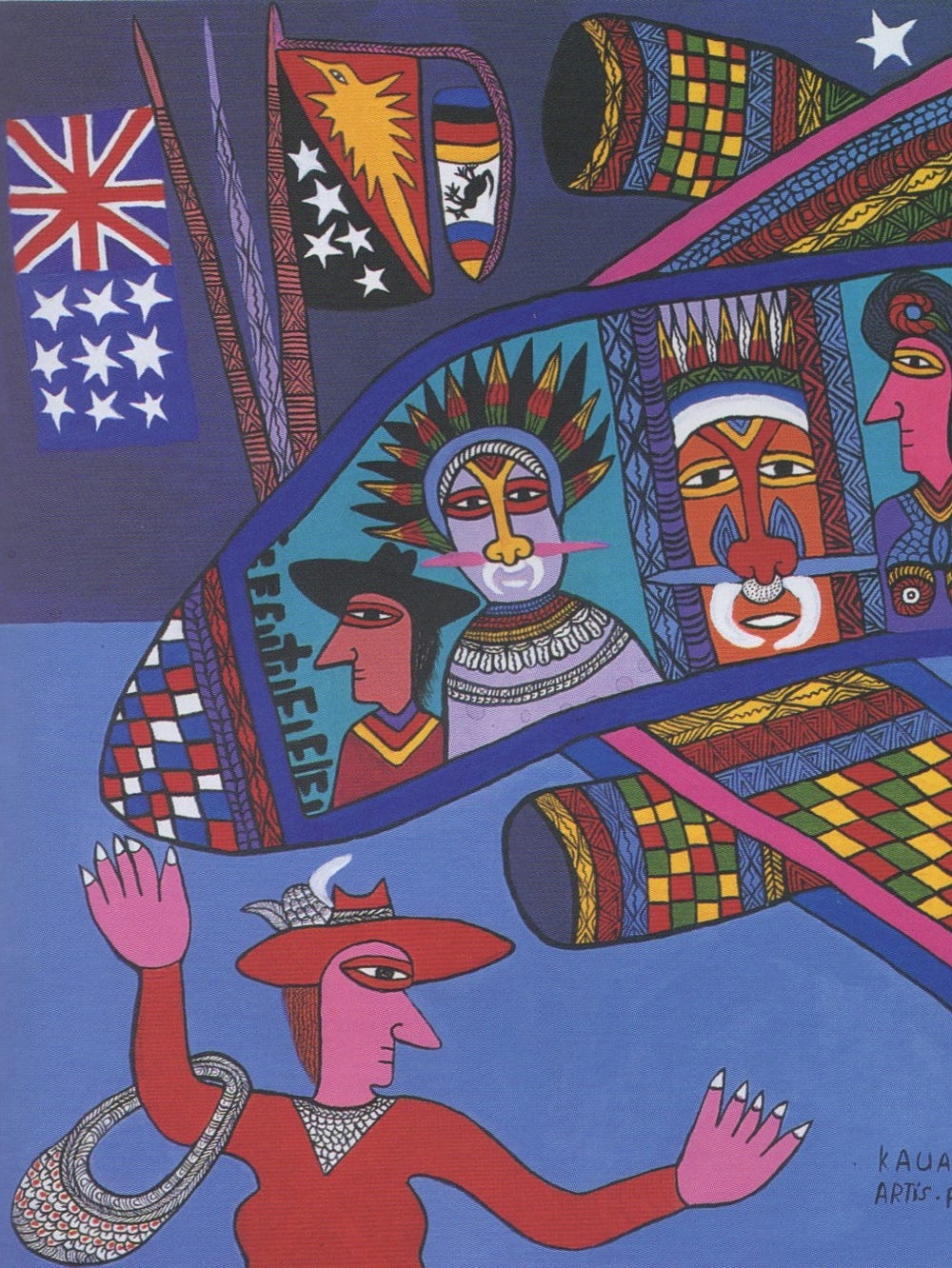Ancient Glass from the Holy Land
Jump to
In celebration of the 50th anniversary of the founding of the state of Israel, the Fine Arts Museums of San Francisco present an exhibition of 250 ancient glass objects of extraordinary beauty. These vessels found in Israel span the period from the Bronze Age, dating from the 2nd millennium Before the Common Era (B.C.E.), to the Byzantine period, dating to the 7th century Common Era (C.E.). The exhibition, organized by the Fine Arts Museums in conjunction with the Israel Antiquities Authority, begins its American tour in San Francisco. It will subsequently travel to several other North American venues.
This unique exhibition focuses on glass vessels that were found during recent archaeological excavations at a number of sites in Israel. The dates and locations of the objects have been carefully recorded, which differentiates them from the glass objects from the Eastern Mediterranean region heretofore available for public and private collections. The source of those objects would have been what is termed “the market.” Ancient glass obtained from this source — art galleries and dealers — has no clear provenance and offers little information about the history of glassmaking and the people who used the vessels. The archaeological documentation that accompanies the objects on view in Ancient Glass from the Holy Land provides fascinating insights about ancient centers of glass manufacturing, the methods employed at various points throughout the millennia, and the distinctive styles of workshops and the artisans who worked therein.
The earliest examples on view in the exhibition from the 2nd millennium B.C.E. were produced by the core-form method of glass manufacture, the first known means of making glass. In this process, molten glass was wrapped around a solid clay form that was removed when the vessel had cooled. This was a laborious procedure and consequently glass was extremely expensive, with its acquisition limited to royalty and the aristocracy. Glass from this period was considered as precious as gold and gem stones. For example, dark blue pieces of glass, which mimic lapis lazuli, were set in King Tutankhamun’s solid gold death mask.
The vast majority of the objects selected for inclusion in Ancient Glass from the Holy Land will be shown for the first time outside of Israel; many have never been on display anywhere. Important recent discoveries from new excavations throughout Israel reveal the importance of the glassmaking tradition in the Holy Land.
Sponsors
Ancient Glass from the Holy Land was co-organized by the Fine Arts Museums of San Francisco and the Israel Antiquities Authority. The exhibition was made possible by funding from Guardian Industries and the Bernard Osher Jewish Philanthropies Foundation. El Al Israel Airlines the official carrier for the exhibition. Additional support was provided by the Israeli Ministry of Foreign Affairs. Funding in part for the catalogue was provided by the Ridgefield Foundation.
The exhibition in San Francisco has been generously funded by the Bernard Osher Jewish Philanthropies Foundation and the B-W Supporting Foundation of the Jewish Community Endowment Fund.


